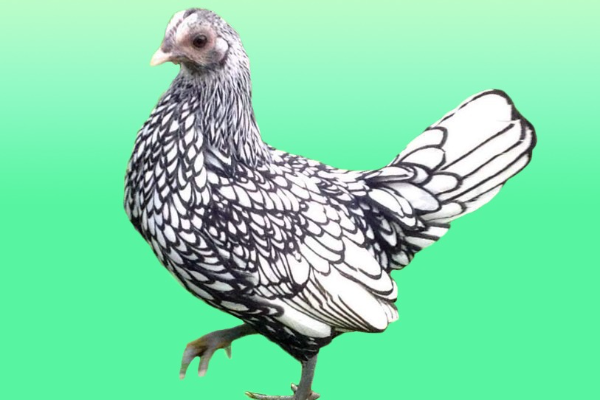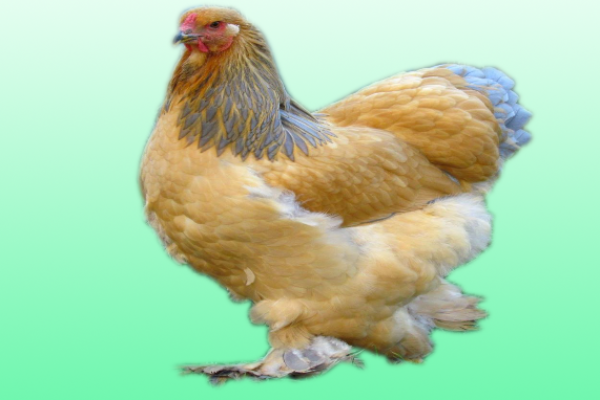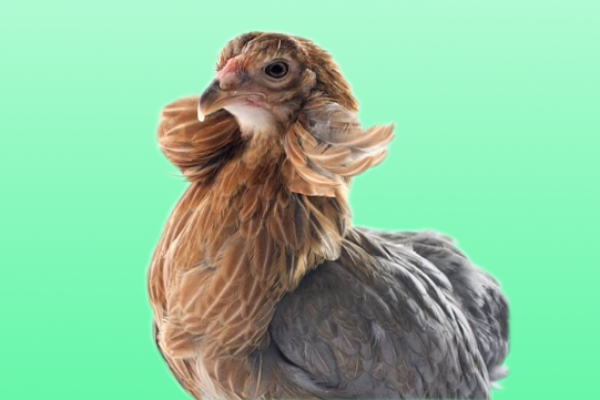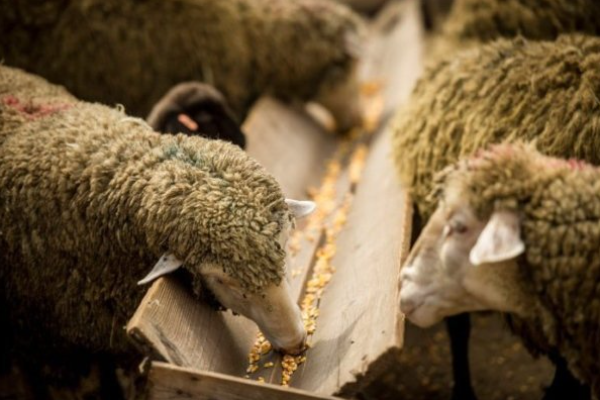Acute Bracken Poisoning
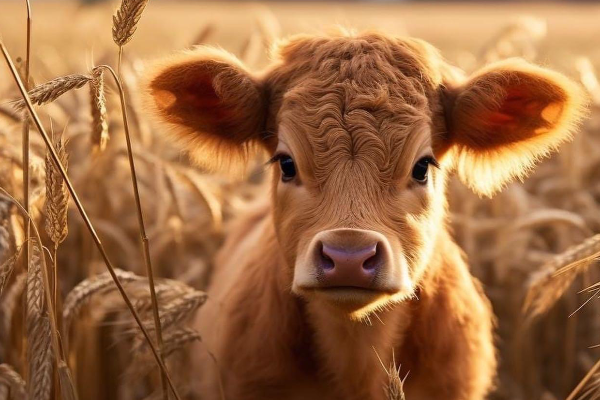
Bracken fern (Pteridium aquilinum) contains a radiomimetic toxin and ingestion of the plant by cattle produces a syndrome characterised by haemorrhage, dullness and fever which is usually fatal.
The disease occurs sporadically, associated with a low morbidity, but high mortality. Except in calves under six months of age, in which the disease is unusual, acute bracken poisoning occurs in all ages of cattle, although the peak incidence is in young cattle aged between 1 and 3 years.
There is seasonal incidence of the disease with the majority of cases occurring in the early summer (late June - mid July) and in the autumn (late August - end of October), the disease being linked to the availability of adequate pasture. However situations do arise in which acute bracken poisoning can occur at other times in the year under certain managemental systems, e.g. where bracken is cut and used as bedding material.
Acute bracken poisoning is caused by ingestion of large quantities of bracken fern (Pteridium aquilinum). Both the fronds and the rhizomes are toxic, whilst growing or when cut, and it also retains its toxicity when dried. The disease does not usually appear until the animals have been on bracken infested pasture for at least a month.
CLINICAL SIGNS

The clinical picture of acute bracken poisoning is dominated by three signs, ie. haemorrhage, dullness and fever. Occasionally, among a group of animals acute bracken poisoning may present as a sudden death, but usually they present as extremely dull animals.
The disease is characterised by multiple haemorrhages, especially in the intestinal and urinary tracts. Often frank blood clots appear in the faeces and at the nostrils. Blood in the urine is common. Severely affected animals are weak and may have a staggery gait. There is a high fever usually with complete ruminal stasis and inappetance. If treated roughly, subcutaneous bruising often appears. Death occurs within a week in untreated animals.
DIAGNOSIS
Acute Bracken Poisoning diagnosis is based on the clinical signs and history of grazing bracken infested pasture. Blood tests are extremely useful when there is any doubt as to the diagnosis.
TREATMENT
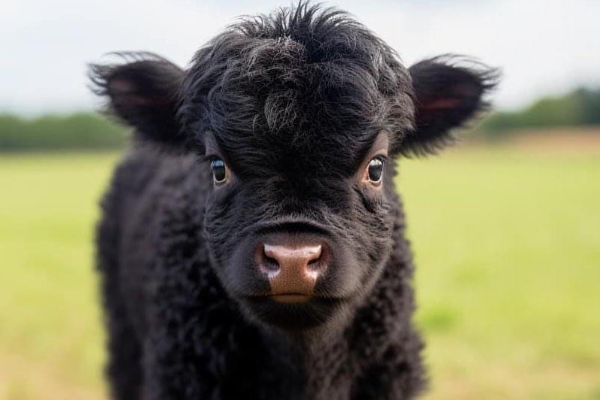
Acute Bracken Poisoning treatment is often ineffective and the prognosis is poor. Affected animals should be given high doses of antibiotics (penicillin, streptomycin) over a prolonged period, in an attempt to limit or prevent the secondary septicaemia from which many of the animals die. They should be handled gently and removed if possible, from the bracken pasture. If not, then their diet should be supplemented with hay/concentrates. Blood transfusions may be carried out on individual animals, but are seldom successful. Many other treatment regimes have been proposed, but are either useless or of extremely doubtful efficacy.
CONTROL
• Avoid use of bracken infested pastures at time of greatest risk, i.e. when grazing is in short supply.
• Feed supplements (hay/concentrates) when grazing of bare-infested pasture is unavoidable.
• Avoid overstocking of infested pastures.
• Reduce the level of bracken contamination by cutting or burning. However regrowth in the next season will occur and it does nothing to eradicate the plant.
• Spray bracken with a selective herbicide. Unfortunately this method of eradication can be quite expensive and costs will vary, depending on the method of application. Also, the kill out of the plant is not 100% and in order to give complete control repeat treatments in the following two or three years of those areas which, have survived the initial spraying are necessary (possibly only by knapsack spraying). If these small surviving areas are not treated complete regrowth will occur over a period of years.
• Avoid using bracken as bedding material.
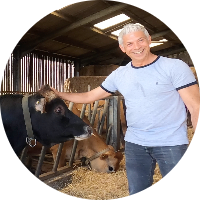
Written by
H Cetin KATIRCI
Online ShepherdBreedsMore
IllnessesMore
Forage cropsMore
![]() Патологическая физиология голодания Arina TARAN
Патологическая физиология голодания Arina TARAN![]() Дефицит фосфора (гипофосфатемия) Hipofosfatemi Arina TARAN
Дефицит фосфора (гипофосфатемия) Hipofosfatemi Arina TARAN![]() Какие бывают кормораздатчики для ферм КРС? Irina Makarova
Какие бывают кормораздатчики для ферм КРС? Irina Makarova![]() Кормушки для овец Diana Myakisheva
Кормушки для овец Diana Myakisheva![]() Питание домашних коз: что едят, виды корма и правила кормления Alina Arslantürk
Питание домашних коз: что едят, виды корма и правила кормления Alina Arslantürk![]() Важность минералов питании сельскохозяйственных животных Irina Makarova
Важность минералов питании сельскохозяйственных животных Irina Makarova




